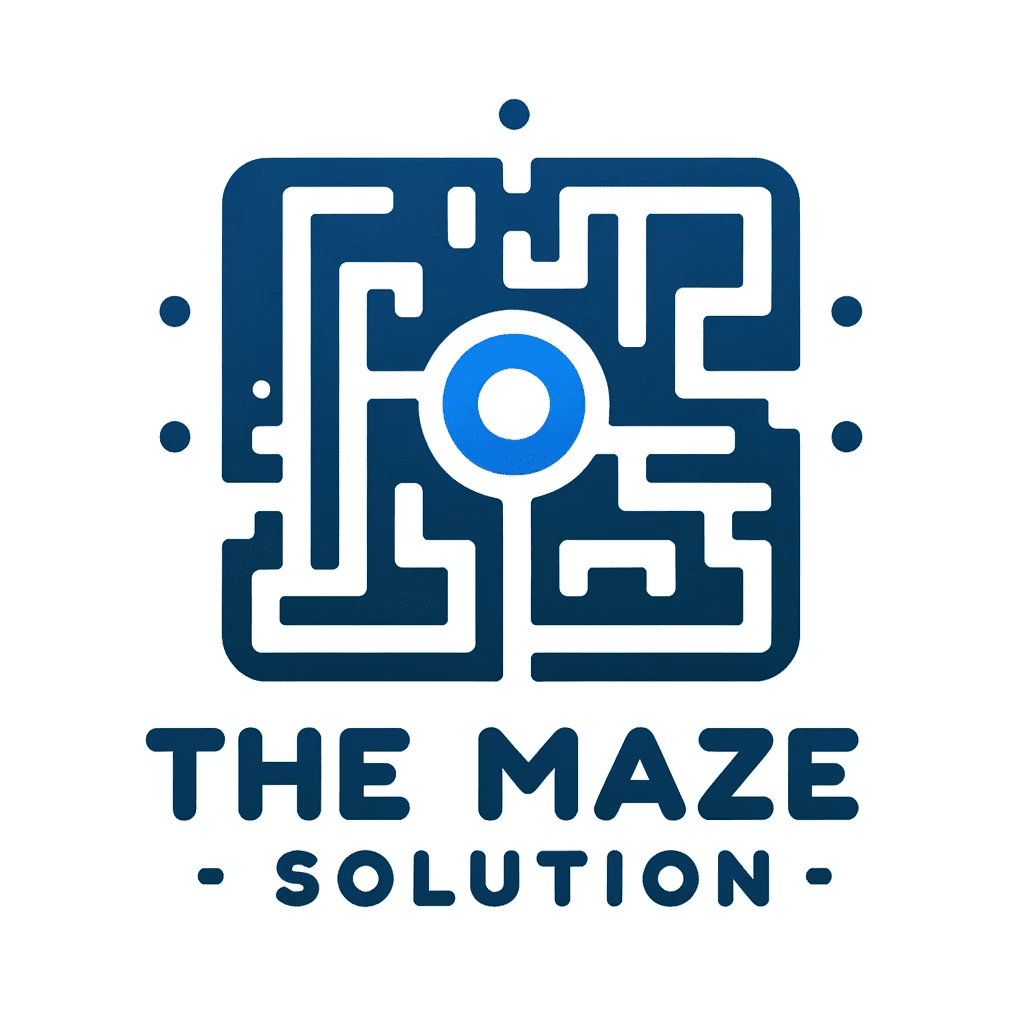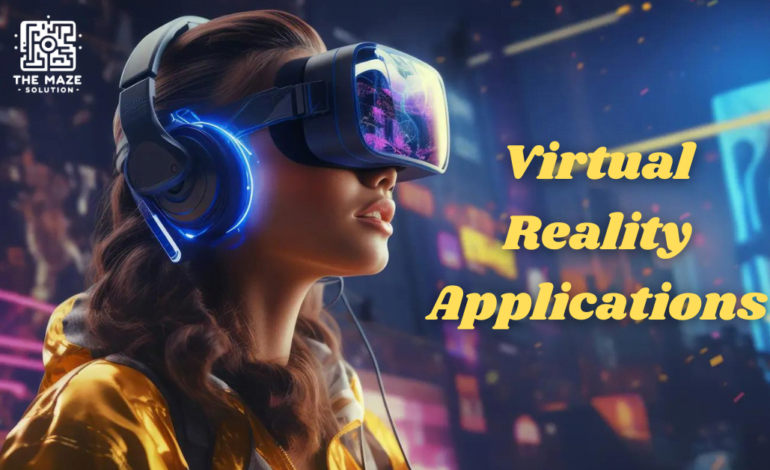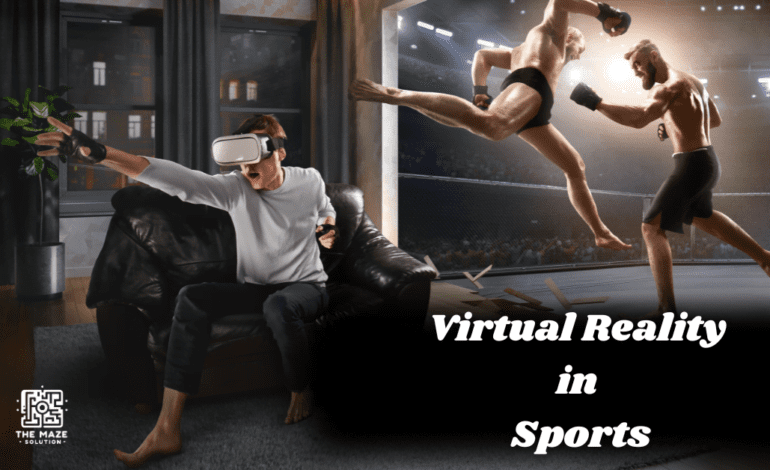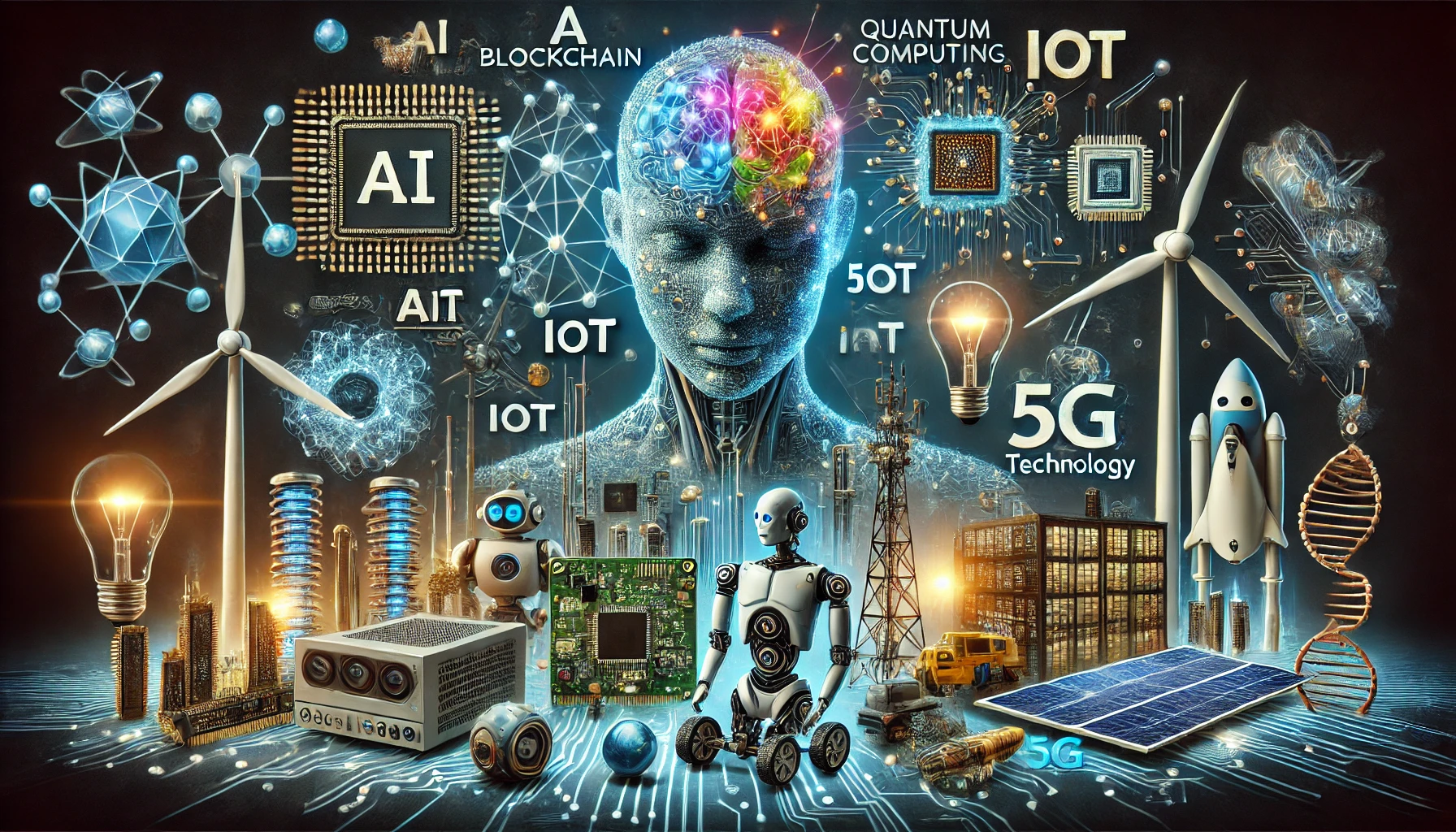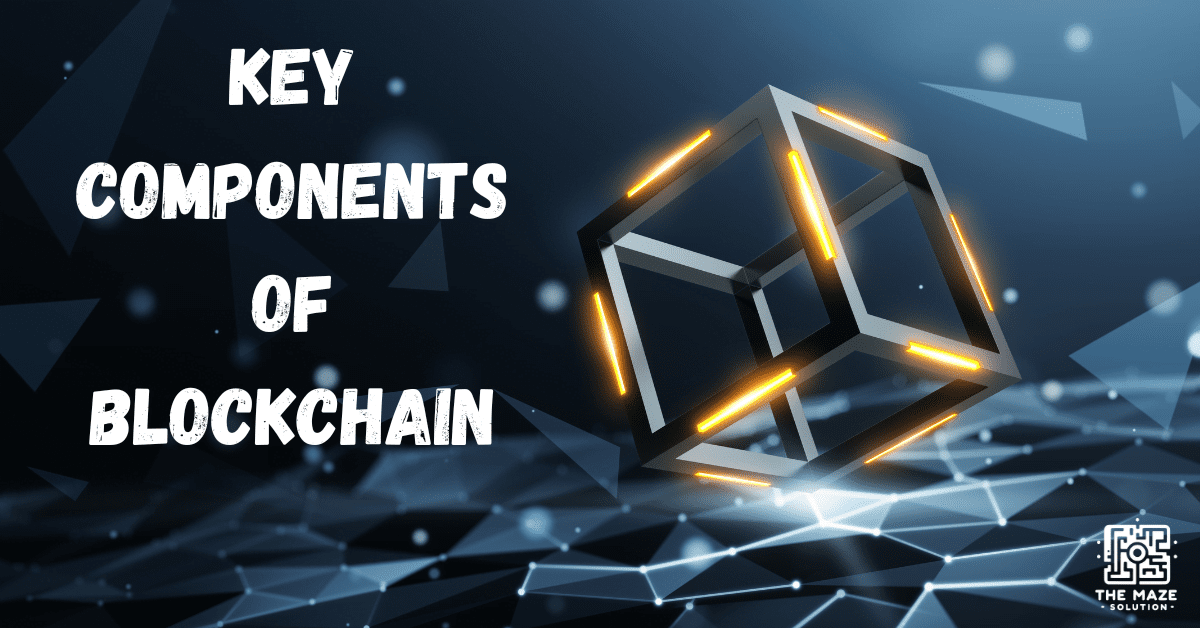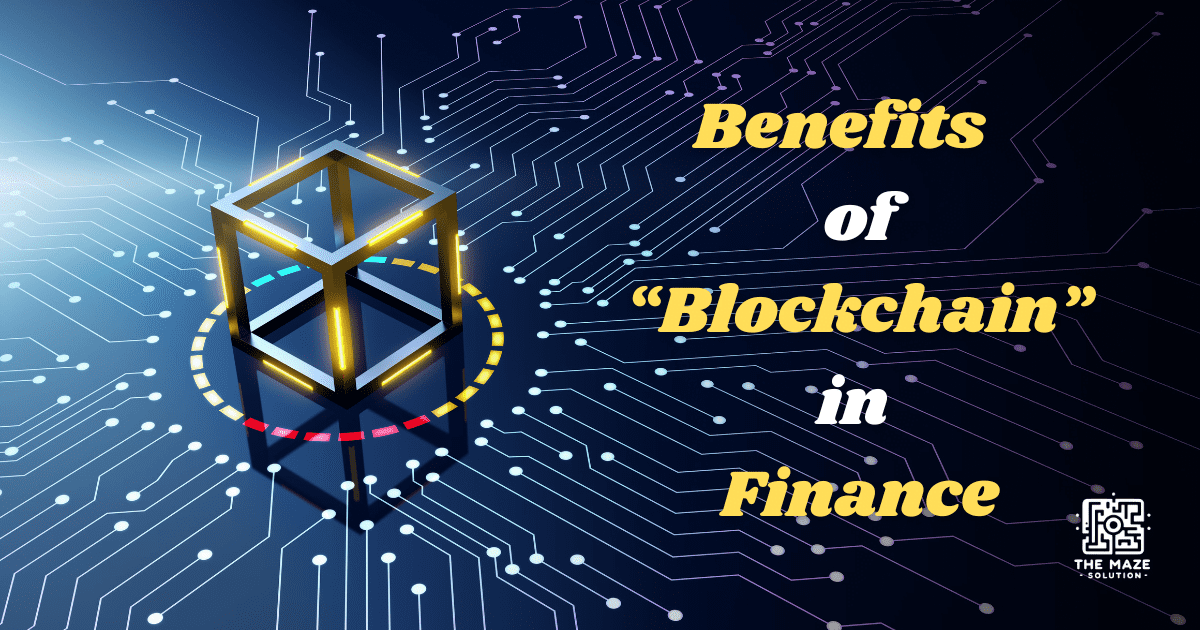The Impact of VR in Education : Benefits of Virtual Reality in Education
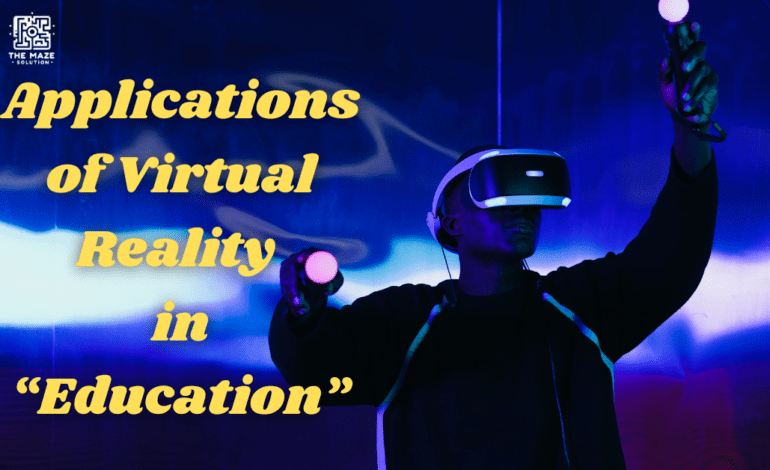
Introduction
Virtual Reality (VR) has emerged as a revolutionary technology with the potential to transform various sectors, including education. VR in education provides an immersive learning experience that goes beyond traditional teaching methods, offering students and educators new ways to interact with and understand complex subjects. This blog explores the impact of VR in education , delving into its applications and benefits.
The Impact of VR in Education
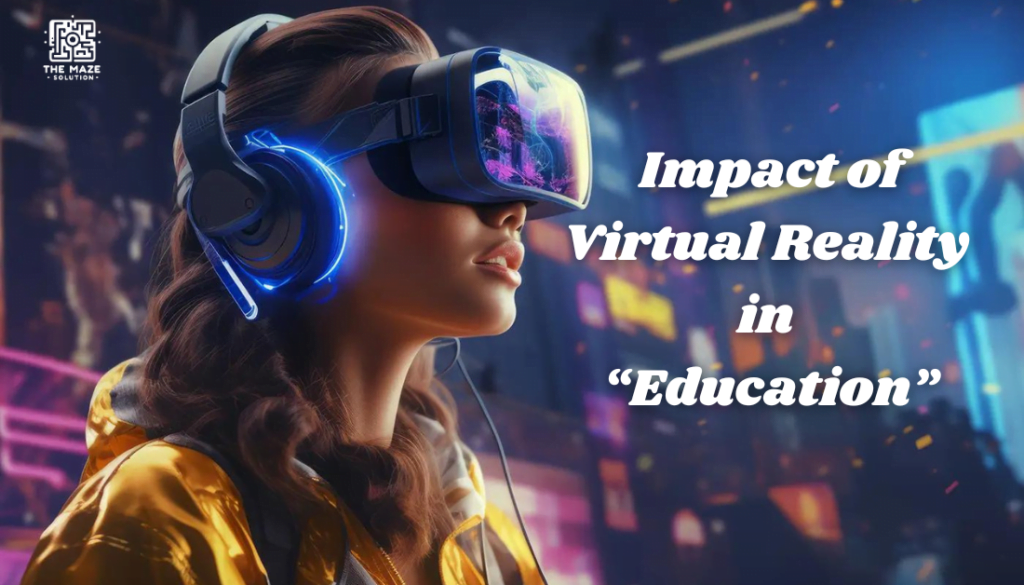
Enhancing Engagement and Motivation
One of the most significant impacts of VR in education is its ability to enhance student engagement and motivation. Traditional teaching methods often rely on lectures, textbooks, and static images, which can become monotonous and fail to capture students’ interest. In contrast, VR offers an interactive and immersive experience that can transform the way students perceive and interact with learning material.
VR in education immerses students in a fully engaging, three-dimensional environment where they can explore and interact with the content in real-time. This immersion is highly stimulating, capturing students’ attention more effectively than traditional methods. For instance, instead of merely reading about historical events, students can virtually step into historical settings, witnessing events as if they were present. This not only makes learning more enjoyable but also fosters a deeper emotional connection to the material, which can enhance motivation to learn.
Moreover, the gamification aspect of VR in education , where educational content is presented in a game-like format, can make learning feel like play. Achievements, levels, and rewards in VR educational programs can provide a sense of accomplishment and encourage students to engage more actively with their studies. This increased engagement and motivation can lead to better learning outcomes and a more positive attitude towards education.
Improving Retention and Comprehension
Virtual reality in education allows students to visualize and interact with material in a way that is often more intuitive and memorable than traditional methods. The ability to experience lessons in a three-dimensional space can significantly enhance both retention and comprehension.
In subjects like biology, for example, VR can bring complex concepts to life. Instead of relying solely on two-dimensional diagrams in textbooks, students can explore the human body in a detailed, interactive virtual environment. They can manipulate and examine organs, tissues, and cells from various angles, understanding their functions and interconnections in a more comprehensive manner. This immersive, hands-on approach helps students to grasp complex biological processes more easily and retain the information longer.
Similarly, in subjects like physics or chemistry, VR can simulate experiments that might be too dangerous, expensive, or impractical to perform in a traditional classroom. Students can conduct virtual experiments, observing the effects of different variables in real-time. This experiential learning process helps solidify abstract concepts and theories, making them more tangible and easier to understand.
Facilitating Practical Skills and Real-World Application
VR provides a safe and controlled environment for students to practice and develop practical skills. This is particularly valuable in fields that require hands-on experience and precise techniques, such as medicine, engineering, and vocational training.
For medical students, VR can simulate surgical procedures, allowing them to practice complex operations without the risks associated with real-life surgeries. These virtual surgeries can replicate real-world conditions, including patient anatomy and physiological responses, providing students with realistic practice scenarios. This hands-on experience is crucial for building confidence and competence before they perform actual procedures on patients.
In engineering education, VR enables students to design, build, and test structures in a virtual environment. They can experiment with different materials and design parameters, observing the outcomes without the cost and time constraints of physical prototypes. This practical application of theoretical knowledge helps students understand the principles of engineering more deeply and prepares them for real-world challenges.
Vocational training programs also benefit from VR by simulating real-life work environments. For instance, automotive students can practice assembling and repairing vehicles in a virtual garage, while aviation students can train in virtual flight simulators. These simulations provide hands-on experience in a safe and controlled setting, allowing students to develop essential skills and gain confidence before entering the workforce.
Applications of VR in Education
Virtual Classrooms
Applications of VR in education include the creation of virtual classrooms, where students from different geographical locations can come together and learn. This is particularly beneficial for remote learning, as it bridges the gap between students and educators, providing an interactive and collaborative learning environment.
Field Trips and Exploration
Virtual reality can take students on virtual field trips to places they might never be able to visit in real life. From exploring the depths of the ocean to traveling to ancient historical sites, VR makes it possible to bring the world into the classroom. This not only broadens students’ horizons but also deepens their understanding of different cultures and historical events.
Simulations and Training
Another key application of VR in education is in simulations and training. For instance, in vocational training, students can use VR to simulate real-world scenarios, such as operating machinery or navigating complex systems. This practical approach helps students develop critical skills and prepares them for real-life challenges.
Benefits of VR in Education
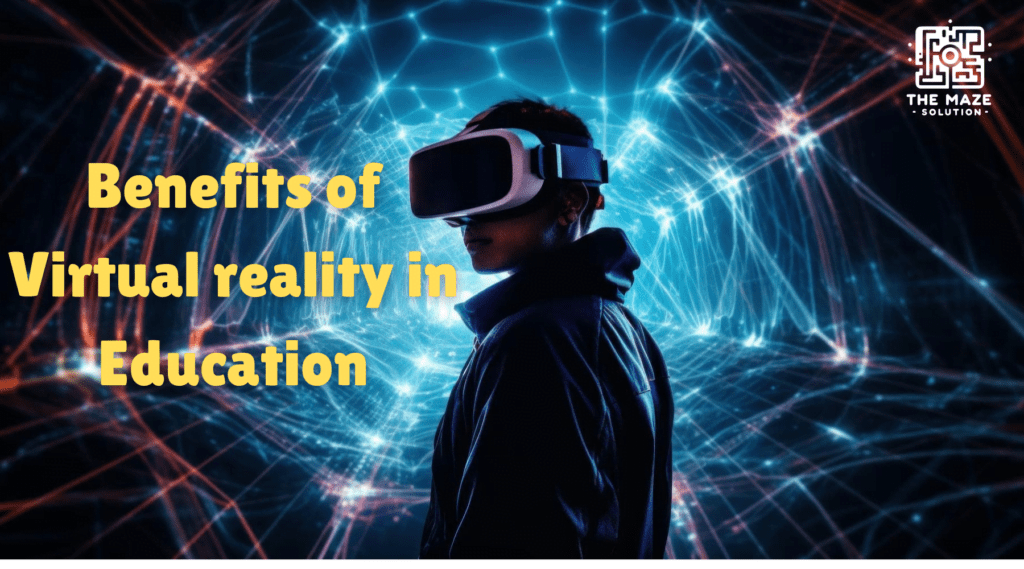
Personalized Learning Experiences
One of the notable benefits of VR in education is the ability to provide personalized learning experiences. This customization addresses the diverse needs of students, allowing for a more effective and engaging educational journey.
Tailored Learning Pace: Each student learns at their own pace. In traditional classrooms, the pace is often set by the teacher and may not suit all students. Some might find the pace too fast, while others may find it too slow. VR allows students to control the speed of their learning. For instance, if a student needs more time to understand a complex concept, they can revisit the VR module as many times as needed. Conversely, if they grasp a topic quickly, they can move on without waiting for the rest of the class.
Adaptable Learning Styles: Students have different learning styles – some are visual learners, others are auditory or kinesthetic learners. VR can cater to these varied preferences. For visual learners, VR offers rich, interactive visuals. For auditory learners, it can include descriptive audio. Kinesthetic learners benefit from the interactive, hands-on nature of VR. This adaptability ensures that each student receives the most effective learning experience based on their individual needs.
Progress Tracking and Feedback: VR can incorporate advanced analytics to track student progress. Educators can receive detailed reports on how students are interacting with the VR content, what areas they excel in, and where they struggle. This data allows for timely and targeted interventions, ensuring that each student receives the support they need to succeed.
Reducing Distractions
In a traditional classroom setting, students are often surrounded by distractions. These can range from noisy classmates and external disturbances to their own wandering thoughts. Virtual reality in education helps minimize these distractions by immersing students in a controlled, engaging environment.
Immersive Learning Environment: When students wear VR headsets, they are transported to a virtual world designed specifically for learning. This immersive experience captures their full attention, reducing the likelihood of being distracted by their physical surroundings. The virtual environment can be free of interruptions, allowing students to focus solely on the learning material.
Focused Attention: VR environments are designed to be visually and auditorily engaging, which naturally holds students’ attention. For example, a VR lesson on the solar system might take students on a virtual journey through space, with planets and stars appearing up close and interactive. This level of engagement is difficult to achieve with traditional methods and helps keep students focused and interested in the subject matter.
Minimized External Disruptions: In a VR classroom, external noises and interruptions are significantly reduced. This controlled environment ensures that students can concentrate on their studies without being affected by typical classroom distractions such as chatter, movement, or outside noise.
Encouraging Collaboration and Communication
VR in education also promotes collaboration and communication among students, fostering important social and teamwork skills that are essential for their future careers.
Virtual Group Activities: VR platforms can be designed to include collaborative activities where students work together in a virtual space. For instance, in a VR science lab, students can team up to conduct experiments, share observations, and draw conclusions together. This collaborative learning approach encourages teamwork and helps students learn from each other.
Enhanced Communication: In a virtual environment, students can interact with their peers and instructors through avatars, voice chat, and real-time messaging. This setup mirrors real-world interactions and helps students develop effective communication skills. They can discuss ideas, ask questions, and provide feedback in a dynamic and interactive manner.
Global Collaboration: VR removes geographical barriers, allowing students from different parts of the world to collaborate on projects. This global interaction exposes students to diverse perspectives and cultures, enriching their learning experience. For example, a history project might involve students from different countries coming together in a virtual setting to explore historical events from multiple viewpoints.
Problem-Solving and Critical Thinking: Collaborative VR activities often involve problem-solving tasks that require students to think critically and work together to find solutions. These tasks help develop essential skills such as critical thinking, creativity, and resilience. For example, a VR escape room game designed for educational purposes might challenge students to solve puzzles and riddles using knowledge from various subjects.
Conclusion
The impact of VR in education is profound, offering numerous benefits and applications that enhance the learning experience. From improving engagement and comprehension to providing practical skills and personalized learning, VR is revolutionizing the educational landscape. As technology continues to evolve, the role of virtual reality in education will only grow, offering new and exciting possibilities for both students and educators. Embracing VR in education is not just about keeping up with technological advancements; it’s about providing a richer, more engaging, and effective learning experience for all.
